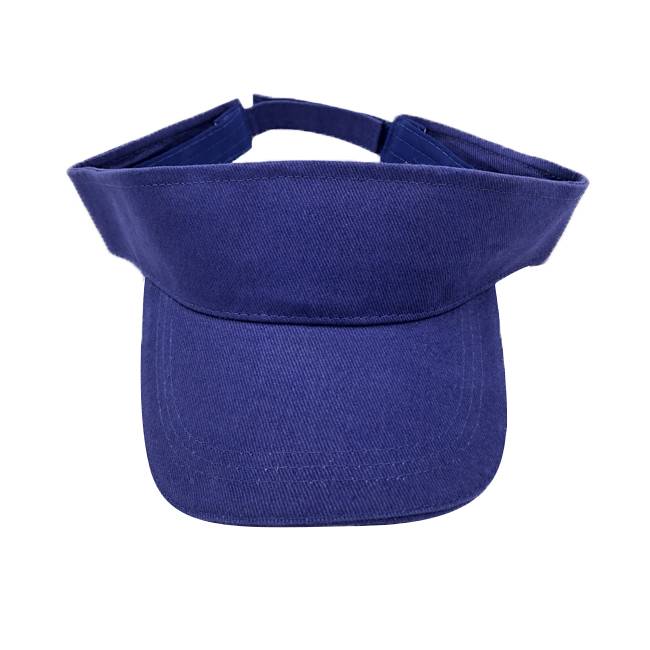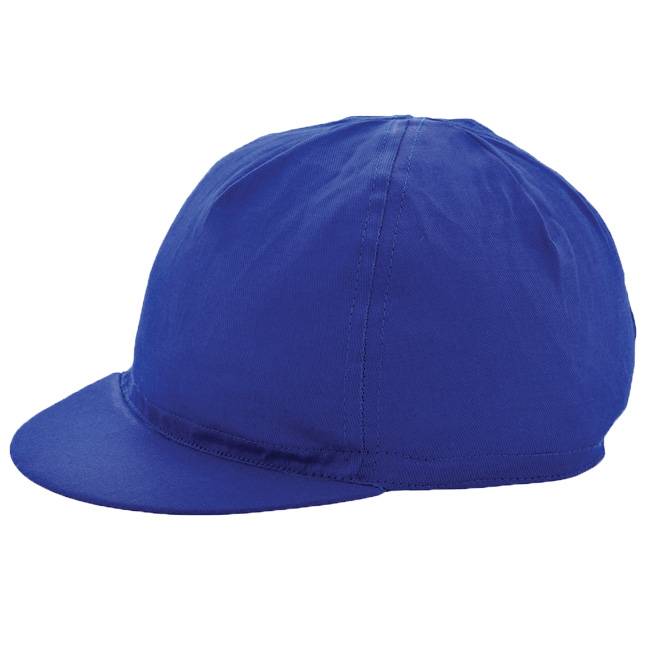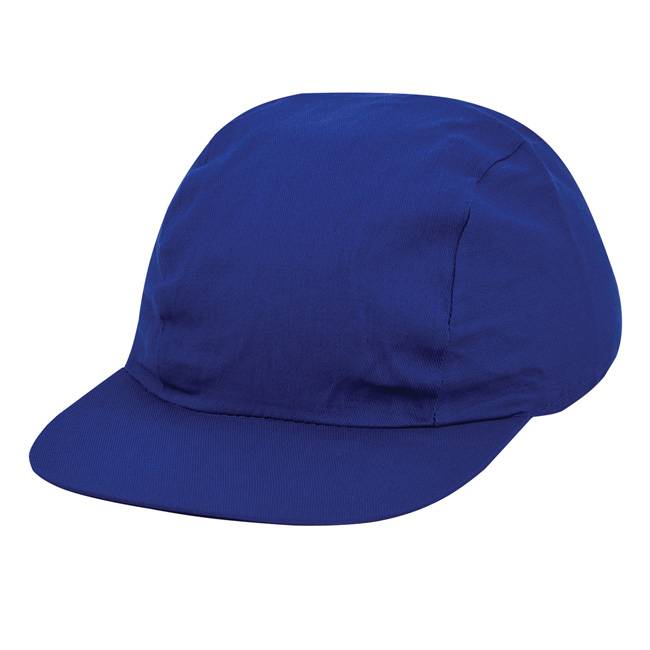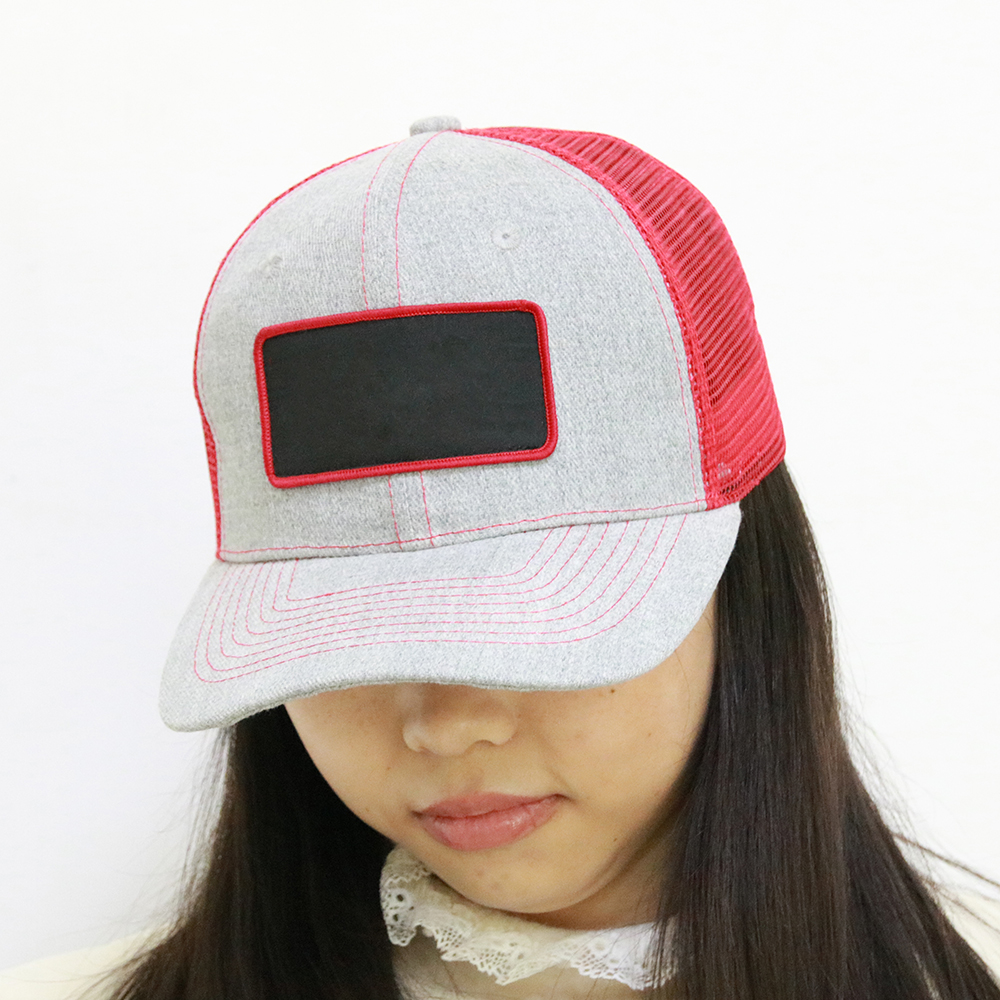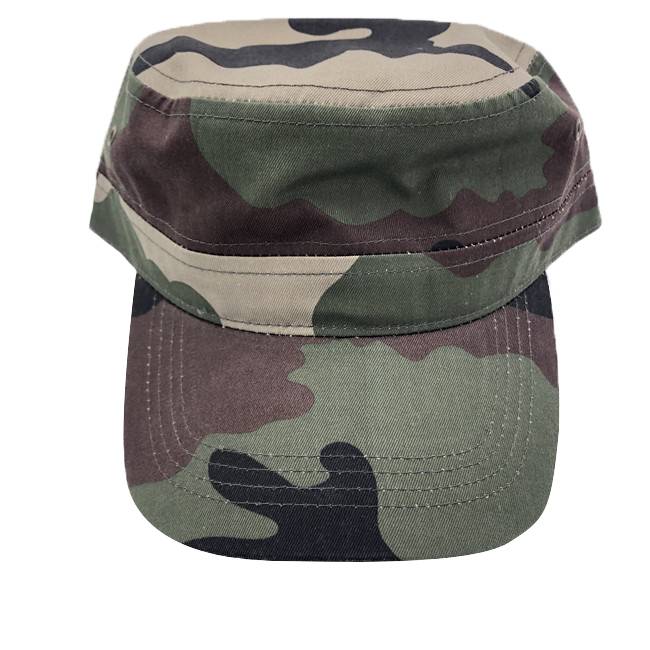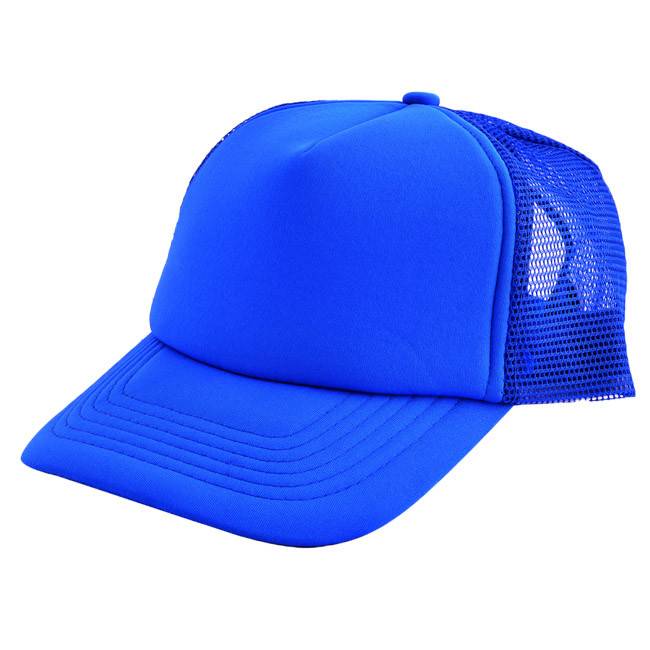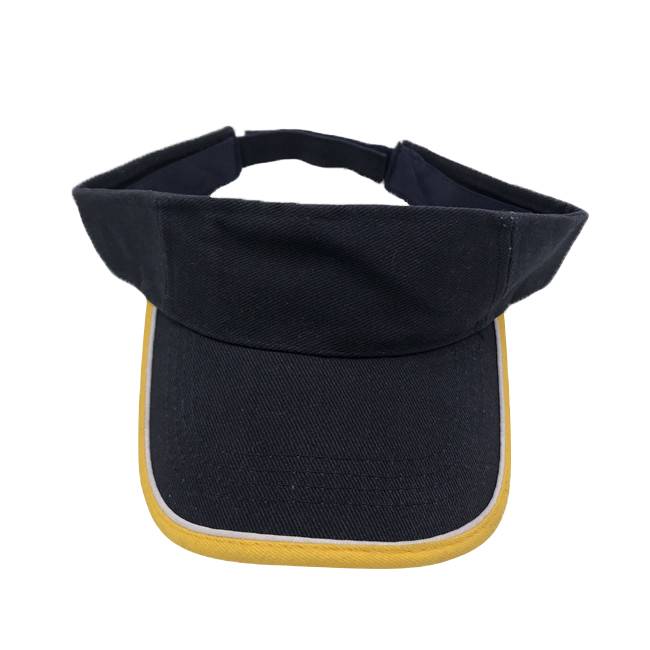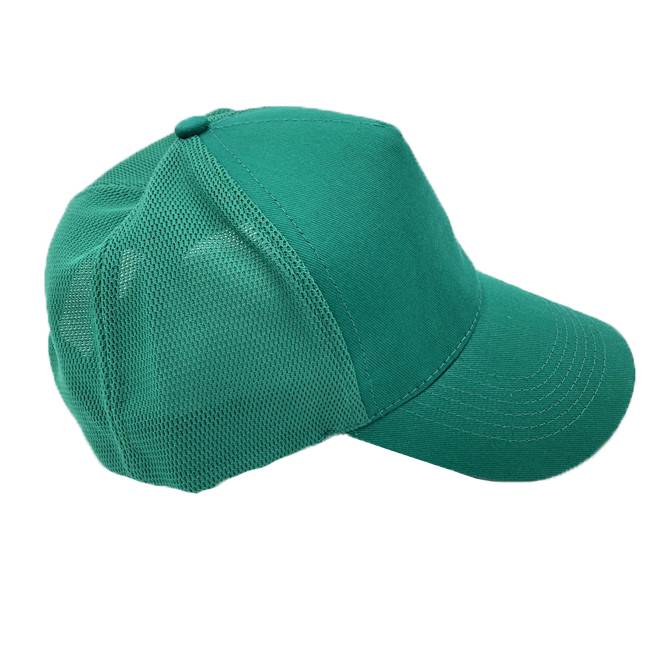Women's Stylish Hats Dad & Bucket Styles Hat for Women
- The Rising Popularity of Women's Headwear
- Data-Driven Market Insights
- Advanced Materials in Modern Headwear
- Brand Comparison for Smart Shoppers
- Tailored Style Customization Options
- Practical Applications in Everyday Life
- Selecting Your Ideal Headwear
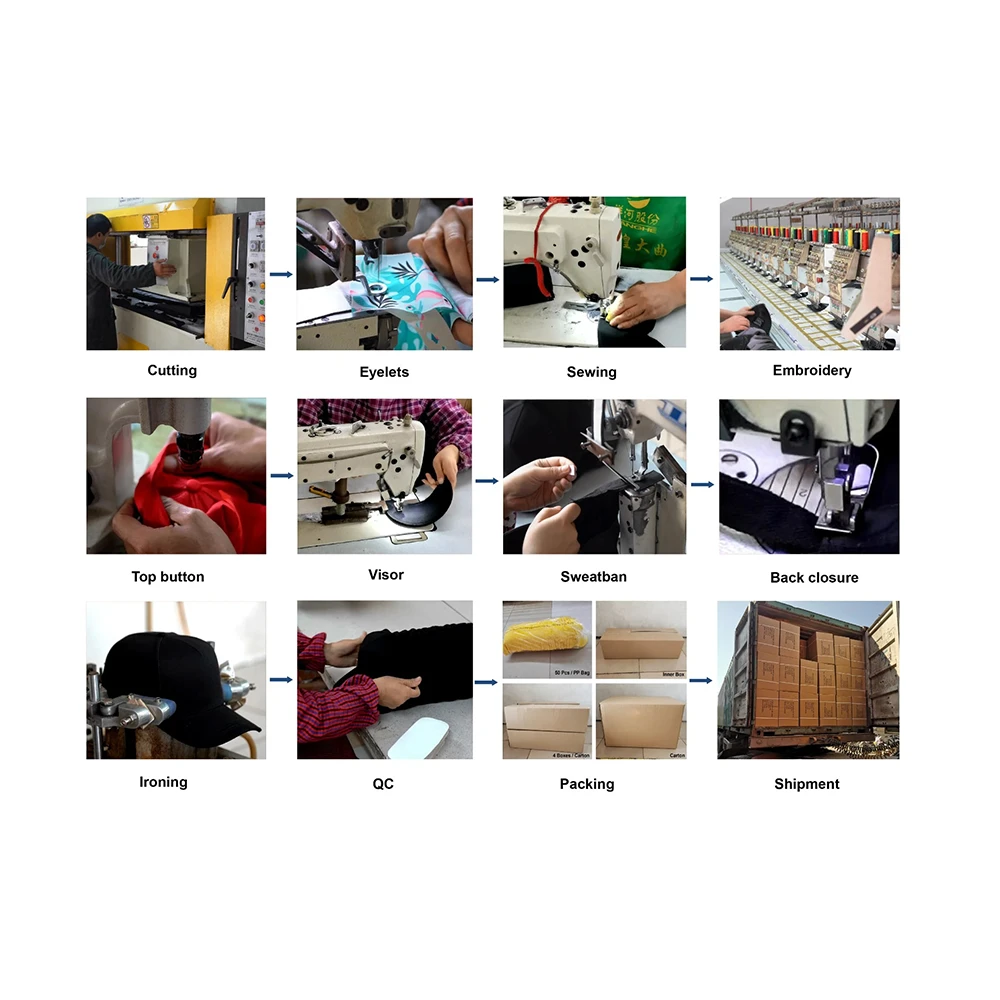
(hat for women)
The Essential Guide to Finding the Perfect Hat for Women
Women's headwear has transformed from basic protection to essential fashion accessories with growing market momentum. Consumers increasingly seek versatile pieces blending function and style, making choices like the dad hat for women
and women bucket hat wardrobe staples. Fashion analytics indicate that 68% of accessory purchases now prioritize versatility as a top consideration, driven by evolving style consciousness and practical needs. These pieces serve as extension of personal style while addressing practical concerns like UV exposure and weather protection.
Seasonality plays a crucial role, with searches for sun protection items increasing 240% during summer months. Style evolution shows a steady 15% annual growth in bucket hat designs over three consecutive years. These trends highlight the shifting consumer priorities within this expanding market space. Contemporary buyers expect headwear to perform multiple functions beyond basic aesthetic appeal.
Performance Metrics in Headwear
Industry data reveals substantial headwear category growth, experiencing an 18.2% annual increase in ecommerce sales since 2020. Market analysis indicates accessories now claim 30% of womenswear online expenditure, exceeding pre-pandemic levels by 12 percentage points. Consumer preferences show:
- UV-protective fabrics demanded by 72% of surveyed buyers
- Quick-dry technology requested by 65% of activewear users
- Machine-washable construction preferred by 84% of purchasers
Demographic data indicates millennials drive 48% of premium accessory purchases, while Gen Z shoppers show 210% higher engagement with sustainable materials. Price sensitivity varies significantly, with 35% willing to pay premium prices for technical fabrics. Market gaps exist in plus-size offerings, with only 22% of brands providing extended sizing despite 60% consumer demand.
Material Technology Evolution
Fabric innovations now define premium headwear features. Micro-weave nylon constructions offer UPF 50+ protection while maintaining lightweight drape. Moisture-wicking technologies using hydrophobic polymer treatments redirect sweat 40% faster than traditional cotton, addressing comfort complaints identified in 58% of product reviews. Breathability advancements include hexagonal mesh ventilation zones that improve airflow by 65%.
Structure retention has improved through thermoplastic fiber integration, enabling reversible designs to maintain form after washing. Sustainability drives recycled material adoption, with 32% of leading brands now incorporating rPET fabric made from plastic bottles. Notable developments include biodegradable straw blends for structured summer pieces and antimicrobial linings using zinc-infused fabrics that neutralize odors.
Comparative Brand Evaluation
| Brand | UV Protection Rating | Material Innovation | Price Positioning | Sustainable Features |
|---|---|---|---|---|
| Brand A | UPF 40+ | Recycled nylon with shape memory | Premium ($45-65) | 62% recycled components |
| Brand B | UPF 30+ | Organic cotton twill | Mid-range ($25-40) | GOTS certified |
| Brand C | UPF 50+ | Nano-coated polyester | Value ($15-30) | 32% recycled materials |
| Brand D | UPF 45+ | Hemp-blend performance fabric | Luxury ($70-120) | Carbon-neutral production |
Premium options feature specialized technologies including temperature-regulation through phase-change materials that maintain internal microclimate. Value-focused alternatives often utilize moisture-managed poly-cottons achieving 82% sweat evaporation efficiency. Water-resistant properties now appear across 75% of new products, addressing common weather-related concerns identified through customer feedback.
Customization Possibilities
Personalization transforms standard headwear into signature pieces. Embroidery options include satin-stitch lettering for names or motifs and delicate threadwork botanical designs covering 23% of customization requests. Dye techniques range from dip-dye ombré effects to digital printing, accommodating complex photographic patterns with 0.2mm precision. Embellishment choices feature hand-sewn beads or metallic hardware details.
Technical personalization includes structured fit adaptations such as internal sizing bands for unique head measurements. Scalp-sensitive designs incorporate hypoallergenic lining alternatives addressing dermatological needs. Artistic custom projects often blend techniques like hand-painted crown details combined with embroidery at premium price points exceeding standard pieces by 55%.
Practical Style Implementation
Versatility defines modern headwear usage, with women bucket hat styles transitioning from beach cover-ups to urban streetwear through fabric selections. Travel diaries report the dad hat for women as the most frequently packed accessory. Industry analysis shows:
- 82% of travelers include sun protective headwear
- Professional settings see 45% accessory incorporation rate
- Post-chemotherapy patients report 92% satisfaction with specialized designs
Care routines significantly impact longevity: Gentle detergents preserve fabric integrity, while reshaping while damp maintains structure according to textile laboratory testing. Storage solutions like collapsible designs reduce packing volume by 60%, while acid-free tissue prevents creasing. Seasonal variations require fabric adjustment, transitioning from straw textures to felted wool when temperatures drop.
Why Every Woman Needs a Hat Designed Just for Her
The ideal hat for women balances aesthetic vision with technical requirements. Prioritize multi-functional pieces featuring UV protection and ventilated construction for diverse environments. Consider face shape compatibility: angular designs complement round features, while wide brims elongate facial appearance. Ethical material sourcing grows increasingly important, with sustainable practices influencing purchase decisions.
Fit customization remains critical, with over 37% of buyers requiring non-standard head sizes. Personal style expression through hat selection creates impactful fashion statements while addressing practical health concerns regarding UV exposure. The modern accessory arsenal remains incomplete without adaptable, protective, and flattering headwear options designed for contemporary lifestyles.
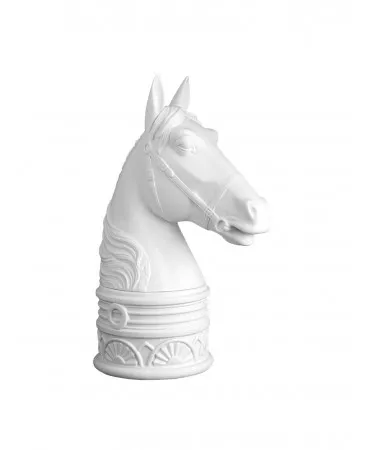
(hat for women)
FAQS on hat for women
Here are 5 unique English FAQ groups targeting "hat for women" and its related , presented in HTML rich text format:Q: What makes dad hats suitable for women?
A: Dad hats offer women a versatile, low-profile style with curved brims that provide casual sun protection. Their adjustable straps ensure universal sizing comfort. Many feature breathable cotton fabric perfect for everyday wear.
Q: How should a women's bucket hat fit properly?
A: A well-fitting women's bucket hat should sit comfortably above the ears without squeezing the forehead. The brim should extend evenly around the head for balanced sun coverage. Ensure about 1-inch space between hat and head for airflow.
Q: What hat styles best complement women's facial features?
A: Wide-brim hats like floppy hats soften angular face shapes, while beanies highlight feminine cheekbones. Fedoras balance round faces with structured crowns. Always consider proportion relative to your face size when selecting.
Q: Can women's fashion hats be machine washed?
A: Structured hats like fedoras should never be machine washed - spot clean instead. For cotton dad hats or canvas bucket hats, use cold water gentle cycle in a hat cage. Always air dry to maintain shape.
Q: Why choose wool hats for women in cold weather?
A: Wool provides exceptional insulation while wicking moisture better than synthetic fabrics. Its natural fibers create warmth without bulk for streamlined winter styling. Quality wool hats also retain shape through repeated wear and storage.
-
Trucker Hat Wholesale and Mesh Baseball Caps TrendsNewsJun.23,2025
-
Sun Visor Caps Style Meets FunctionNewsJun.23,2025
-
Kids Hat Innovations Foam Mesh and Trucker HatsNewsJun.23,2025
-
Bucket Hats A Timeless Fashion StapleNewsJun.23,2025
-
Tips for Storing Trucker Hat Bulk to Maintain QualityNewsJun.12,2025
-
The Role of Cotton Cycling Caps in Cycling CultureNewsJun.12,2025
-
The Most Popular Bucket Hat StylesNewsJun.12,2025




